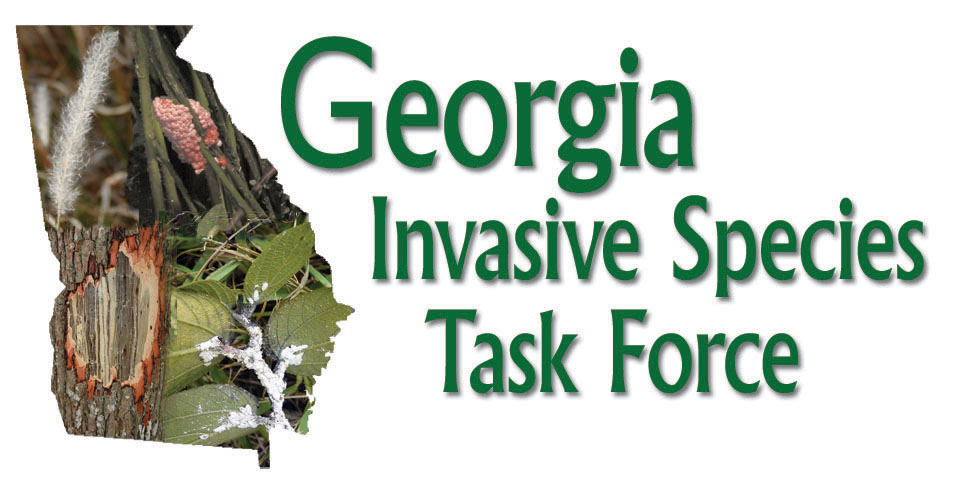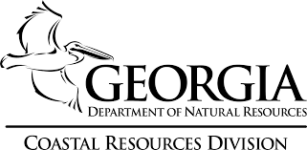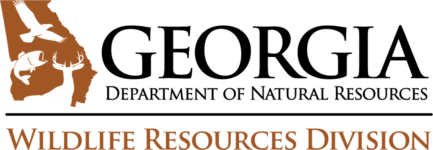Georgia Department of Natural Resources: Coastal Resources Division (CRD)
The CRD manages Georgia’s coastal natural resources.
They collaborate with scientists and resource managers to determine the level of potential risks and impacts that introduced aquatic invasive species could have on coastal natural resources.
The CRD’s Coastal Management Program has funded a survey of Georgia’s ports for aquatic invasive species and is currently funding an education and outreach campaign for aquatic invasive species found in the port areas.
The CRD also funds mapping and distribution of aquatic invasive species in the ports. Because the impact of known aquatic invasive species has not been determined in coastal waters, the CRD is currently funding assessments of introduced aquatic invasive species along the coast.
In addition to funding mapping and distribution, the CRD also funds boater education to prevent the transportation of aquatic invasive species as well as educational brochures targeting aquatic invasive species distribution.
Georgia Department of Natural Resources: Environmental Protection Division (EPD)
The Watershed Protection Branch of the EPD works indirectly with nonnative plants and invasive species.
Guidance developed or policies used by EPD incorporate information regarding the use of native plant species for re-vegetating land disturbances, stream buffers, stream restorations, and general erosion prevention/treatment. The removal of invasive species is encouraged as a means of restoration and/or preservation.
The EPD is currently promoting education and outreach regarding invasive species identification and removal and publishes guidance documents regarding land disturbance and mitigation.
The Coastal Adopt-A-Wetland program includes outreach on aquatic invasive species and has a series of posters that are distributed throughout the Georgia coastline that ask people to report occurrences of aquatic invasive species.
Georgia Department of Natural Resources: Parks, Recreation and Historic Sites Division (PRHSD)
PRHSD initiated an invasive species program in 2005, originally funded by federal grants.
Five state priority sites were identified and a five-year management plan was developed for each site. Focal species could include any invasive species found in Georgia, but the plans usually focused on privet, kudzu, wisteria, English ivy and microstegium.
PRHSD is also working at a number of other sites that have ongoing invasive plant species control work but do not require the intensive professional management of the five priority sites.
PRHSD staff has received invasive plant species identification training and is the PRHSD’s primary source of detection. A staff forester, parks biologist, and division resource manager are assigned to manage each park and historic site and are knowledgeable about the invasive species issues at each site.
The Georgia Botanical Society, Georgia Exotic Pest Plant Council, and other groups participate as volunteers and visitor monitors who provide the PRHSD with updated information about invasive species threats.
In addition, PRHSD operates a number of restoration projects, including river corridor, longleaf pine, wiregrass, and natural bog communities.
The Division has combated turf and pasture grass for over a decade at Panola Mountain in an effort to restore native grass communities. This project is now a statewide model for native grassland restoration.
Georgia Department of Natural Resources: Wildlife Resources Division (WRD)
WRD acts on invasive species threats on behalf of the state’s wildlife and citizens. Control efforts for terrestrial invasives focus primarily on state-owned lands, while those for aquatic invasives may include both public and private waters.
Some WRD activities include:
- assessments of flathead catfish, Asian swamp eels, and channeled apple snails,
- and the prevention of the introduction of chronic wasting disease through enforcement of regulations relating to importation and transport of deer.
WRD has recently undertaken:
- control and management activities involving flathead catfish in Southeast Georgia,
- funded a risk assessment for tilapia,
- and established control management activities on feral hogs on Ossabaw Island.
Additional funding from WRD contributes to the interagency effort to propagate predator beetles to control the hemlock wooly adelgid.
WRD’s Fisheries Management Section has the responsibility of documenting exotic fish and aquatic invasive species reports. After receiving an aquatic invasive species outreach grant from USFWS in 2004, WRD staff developed a freestanding display, brochures, and other materials highlighting aquatic invasive species.
Division staff members participate in numerous outreach efforts related to invasive species, including presentations at conferences, workshops, outdoor festivals, and trade shows with the goal to educate the public about the dangers of invasive species and to prevent their release into the environment.
WRD biologists also work with the Georgia Native Plant Society, the Georgia Wildlife Federation, and other groups to promote landscaping with native plants and provide information on native plant nurseries and other sources of native plant materials.




